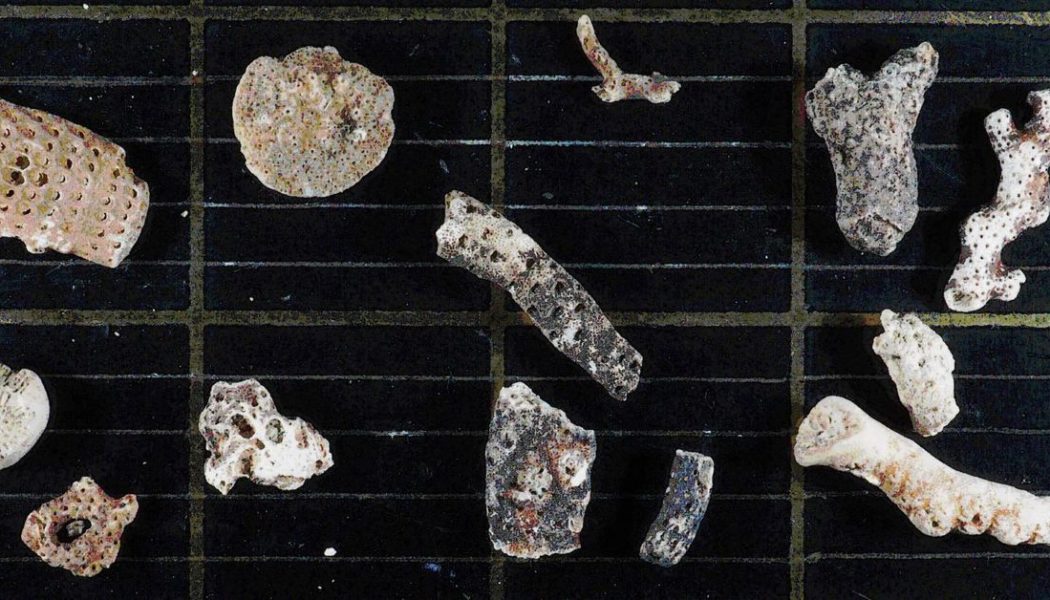
A team of researchers from the Alfred Wegener Institute in Germany has discovered a whopping 77 seafloor-dwelling species beneath an Antarctica ice shelf — a hint that this mysterious realm may be far more biologically rich than scientists realized.
Little is known about the environment beneath Antarctica’s floating ice shelves, the seaward extensions of the continent’s glaciers that span 1.6 million square kilometers. It’s a harsh, cold environment shrouded in continuous darkness, and previous studies of life beneath the ice have only documented a few dozen hardy life forms.
The new research, published earlier this month in Current Biology, identified more species in a single spot than had previously been documented across all the ice shelves of the frozen continent. After drilling two holes through the Weddell Sea’s Ekström Ice Shelf, the researchers collected seabed specimens in 2018. They found the biodiversity on this patch of seafloor to be “richer than many open water samples found on the continental shelf where there is light and food sources,” according to a press release from the British Antarctic Survey. Four of the species studied experienced yearly growth rates “comparable with similar animals” in open water habitats.
The sea creatures the researchers identified included colony-forming invertebrates called bryozoans and serpulid worms. These organisms are suspension feeders, meaning they sit in one place on the seafloor, snatching bits of organic matter that float by. The researchers suspect they are eating algae carried beneath the ice shelf by currents.
“This discovery of so much life living in these extreme conditions is a complete surprise and reminds us how Antarctic marine life is so unique and special,” lead study author David Barnes said in a press release. “It’s amazing that we found evidence of so many animal types, most feed on micro-algae yet no plants or algae can live in this environment.”
Another surprise for the researchers was how ancient this icy ecosystem appears to be. Using a technique called carbon-dating, the researchers discovered that fragments of dead animals they collected were up to 5,800 years old.
However, just because animals have been living beneath the Antarctica’s ice shelves for thousands of years doesn’t mean they’ll survive the coming centuries: the British Antarctic Survey noted in a press release that climate change and the accelerating collapse of ice shelves means that “time is running out to study and protect these ecosystems.”
“It may be cold, dark and food-scarce in most places but the least disturbed habitat on Earth could be the first habitat to go extinct as sub-ice shelf conditions disappear due to global warming,” the researchers wrote in their paper.









